-

N-(4-aminophenyl)-N-methyl-2-(4-methylpiperazin-1-yl)acetamide CAS:262368-30-9
N-(4-aminophenyl)-N-methyl-2-(4-methylpiperazin-1-yl)acetamide is a chemical compound with the molecular formula C9H16ClNO2. It is a derivative of acetamide containing a phenylamine and a methylpiperazine group attached to the nitrogen atom. This compound is used in various chemical and pharmaceutical applications.
-

Trimethylsulfoxonium iodide CAS:1774-47-6
Trimethylsulfoxonium iodide is a chemical compound with a molecular formula C12H14ClFN2O, consisting of trimethylsulfoxonium cation and iodide anion.
-
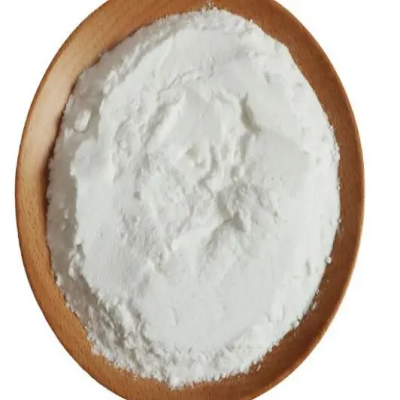
N-Boc-L-tert-Leucine CAS:62965-35-9
N-Boc-L-tert-Leucine is a compound with the molecular formula C15H27NO4. It is a derivative of L-tert-leucine, where the amino group is protected with a Boc (tert-butoxycarbonyl) group. This compound is commonly used in peptide synthesis as a building block for introducing L-tert-Leucine into peptide sequences.
-
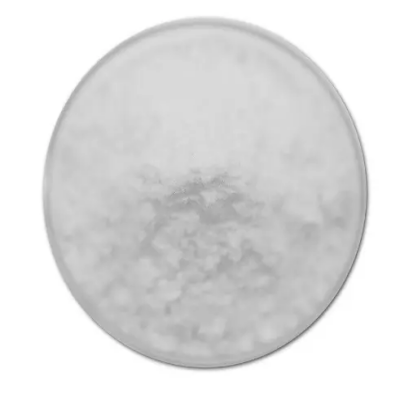
TRIMETHYLSULFOXONIUM CHLORIDE CAS:5034-06-0
Trimethylsulfoxonium chloride is a chemical compound with the formula (CH3)3S+Cl-, featuring a trimethylsulfoxonium cation and chloride anion.
-

6-Fluoro-3-(4-piperidinyl)-1,2-benzisoxazole hydrochloride CAS:84163-13-3
Fluoro-3-(4-piperidinyl)-1,2-benzisoxazole hydrochloride is a chemical compound containing a benzisoxazole ring with a fluorine atom at position 6 and a piperidine group at position 4, typically found in hydrochloride salt form.
-
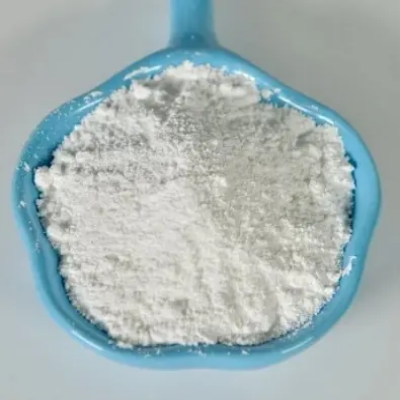
4-Trifluoromethylsalicylic acid CAS:328-90-5
4-Trifluoromethylsalicylic acid (TFMSA) is a chemical compound with the molecular formula C8H5F3O3. It is a derivative of salicylic acid, with a trifluoromethyl group (-CF3) attached to the phenolic ring.
-
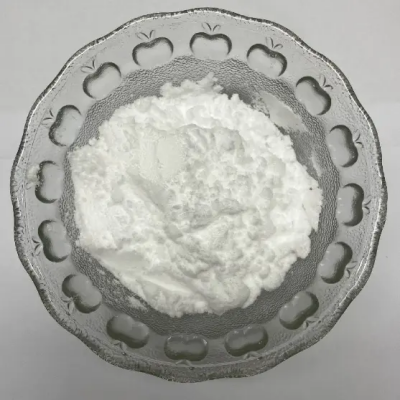
Ethyl trifluoropyruvate CAS:13081-18-0
Ethyl trifluoropyruvate is a significant compound in organic chemistry renowned for its unique structure and diverse applications in chemical synthesis and medicinal chemistry. With a trifluoromethyl group attached to a pyruvate framework, this molecule displays distinctive reactivity and properties that make it a valuable precursor for the preparation of complex organic molecules and pharmaceutical intermediates. Understanding the chemical reactivity and synthetic versatility of ethyl trifluoropyruvate is crucial for advancing research in organic chemistry, drug discovery, and related scientific fields.
-
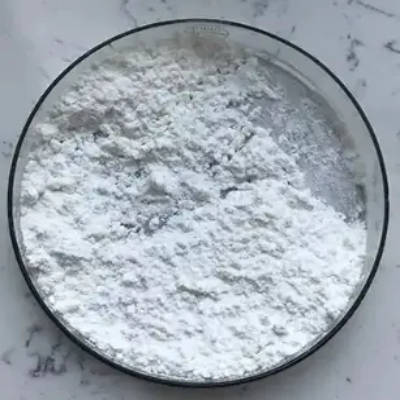
2-Octyl cyanoacetate CAS:52688-08-1
2-Octyl cyanoacetate is a significant compound in the realm of organic chemistry, known for its versatile applications in the synthesis of various organic molecules. With the octyl group attached to the cyanoacetate moiety, this compound exhibits unique chemical properties that make it valuable for diverse synthetic purposes and functional material design. The presence of the octyl substituent provides opportunities for exploring novel reactivity patterns, molecular transformations, and potential functionalization strategies. Understanding the structural features and chemical behavior of 2-Octyl cyanoacetate is crucial for advancing research in organic synthesis, pharmaceutical chemistry, and fine chemical manufacturing.
-

4-Bromo-2,6-difluorobenzoic acid CAS:183065-68-1
4-Bromo-2,6-difluorobenzoic acid is a chemical compound with a molecular structure comprising a benzene ring substituted with a bromine atom and two fluorine atoms at specific positions. This compound is of interest due to its unique chemical properties and potential applications in various fields such as organic synthesis, medicinal chemistry, and material science. Understanding the synthesis, reactivity, and characteristics of 4-Bromo-2,6-difluorobenzoic acid is crucial for exploring its utility in different chemical processes and for designing new molecules with specific functionalities.
-
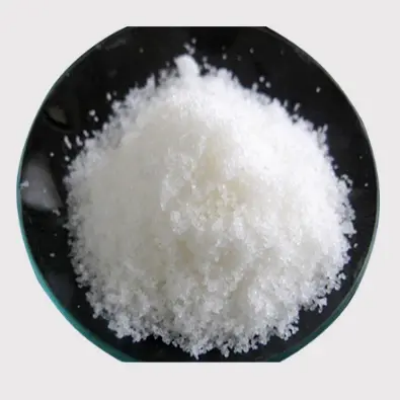
3-(4-bromophenyl)-N-phenylcarbazole CAS:1028647-93-9
3-(4-bromophenyl)-N-phenylcarbazole is a compound with significant potential in the field of organic materials chemistry, particularly in the development of organic light-emitting diodes (OLEDs) and organic semiconductors. This compound belongs to the carbazole family, known for their excellent electron-transport properties and high thermal stability. The incorporation of a bromophenyl group in the molecular structure of carbazole can enhance the compound’s performance when utilized in optoelectronic devices. By combining the electron-donating properties of carbazole and the electron-withdrawing characteristics of the bromophenyl group, 3-(4-bromophenyl)-N-phenylcarbazole exhibits promising charge transport and emission properties, making it a potential candidate for applications in OLEDs and organic electronics.
-

3,4,5-Trifluorophenylboronic acid CAS:143418-49-9
3,4,5-Trifluorophenylboronic acid is a key compound in organoboron chemistry known for its unique structural features and diverse applications in organic synthesis and material science. With three fluorine atoms attached to a phenyl boronic acid framework, this molecule exhibits distinct reactivity and properties that make it a valuable building block for the construction of complex molecules and functional materials. Understanding the chemical reactivity and synthetic versatility of 3,4,5-Trifluorophenylboronic acid is crucial for advancing research in organic chemistry, medicinal chemistry, and related scientific fields.
-

9,9-Dimethyl-2-iodofluorene CAS:144981-85-1
9,9-Dimethyl-2-iodofluorene is a compound of interest in the field of organic chemistry and material science, renowned for its versatile applications in the synthesis of various organic compounds and functional materials. This molecule belongs to the fluorene family, characterized by a polycyclic aromatic structure that confers unique electronic and optical properties. The presence of a methyl group at the 9th position and an iodine atom at the 2nd position enhances the reactivity and tunability of 9,9-Dimethyl-2-iodofluorene, making it a valuable building block in organic synthesis.

